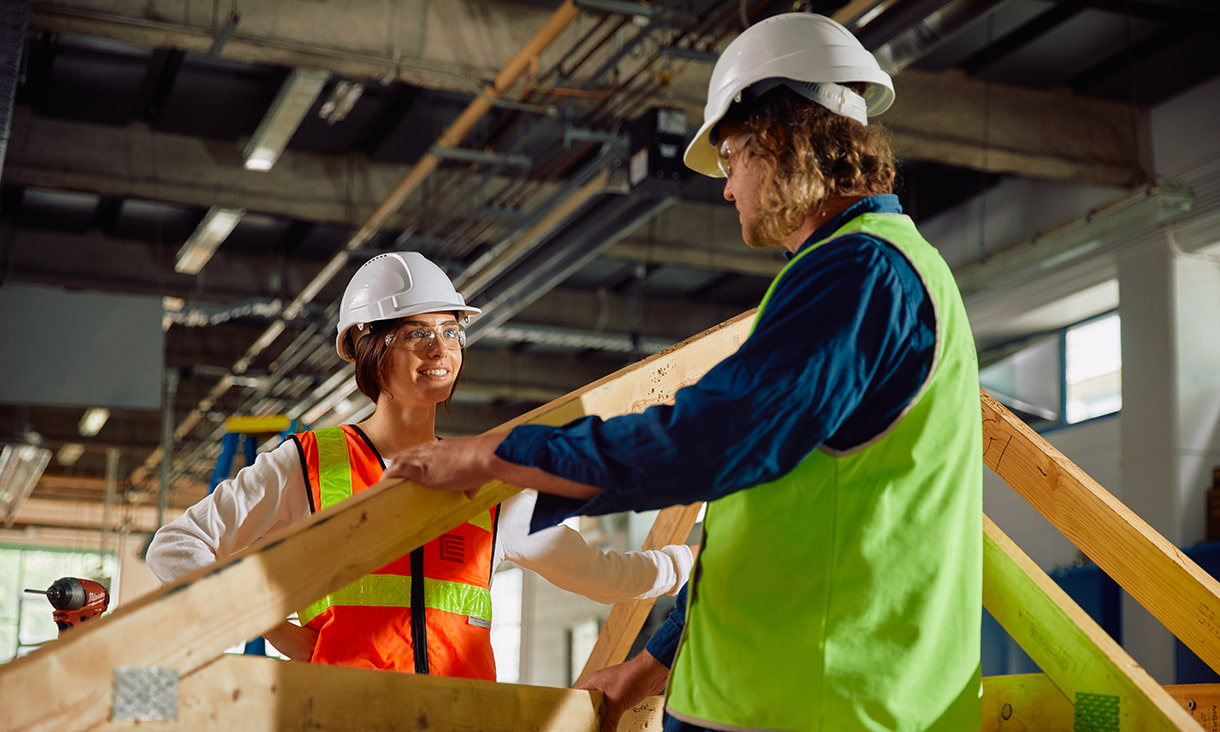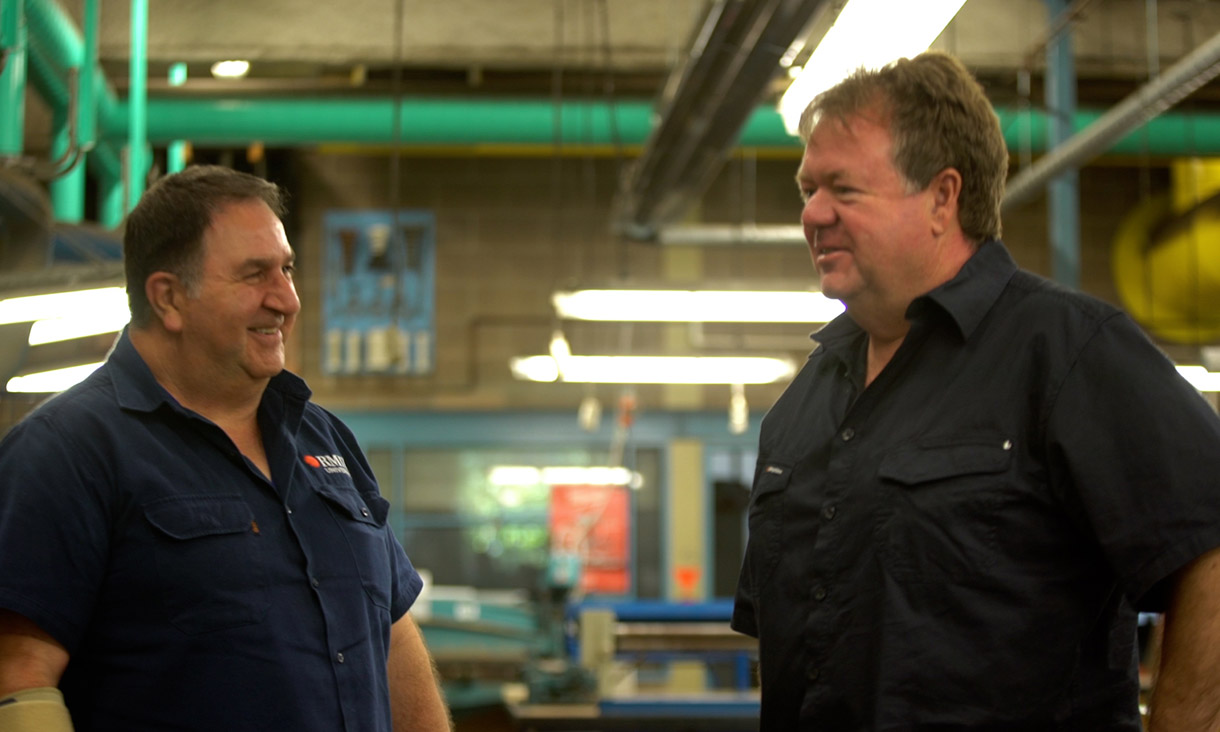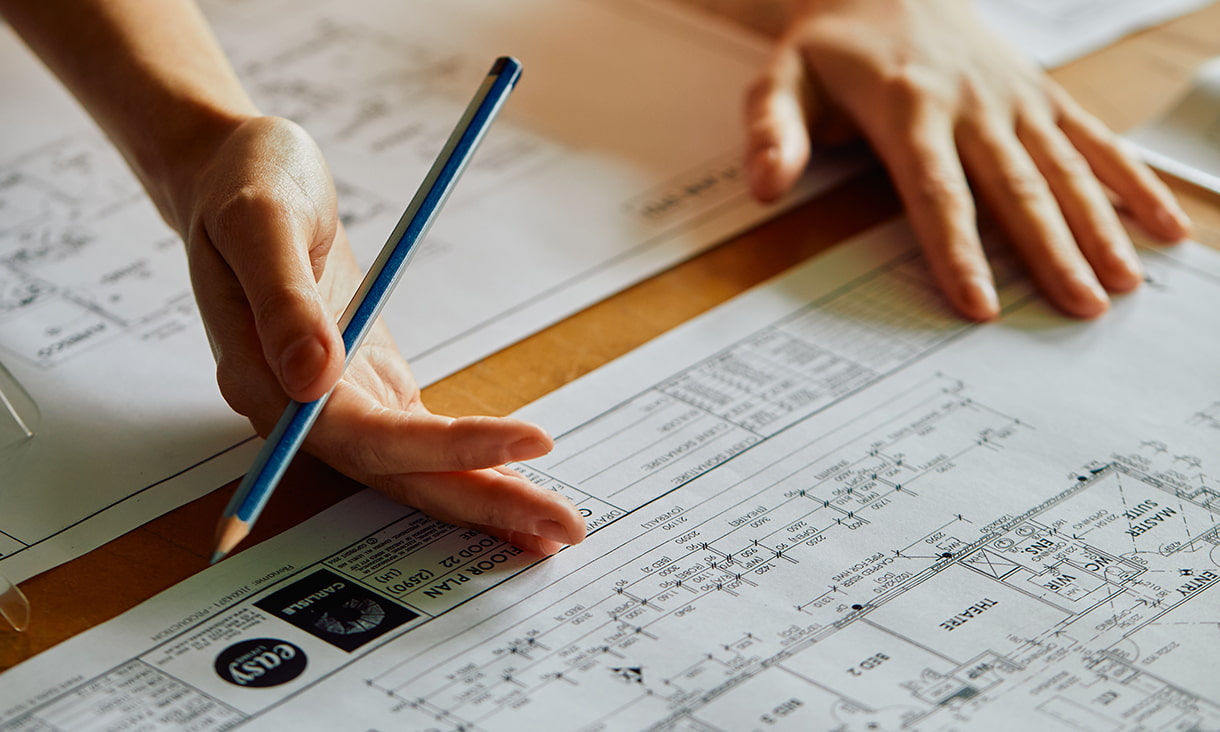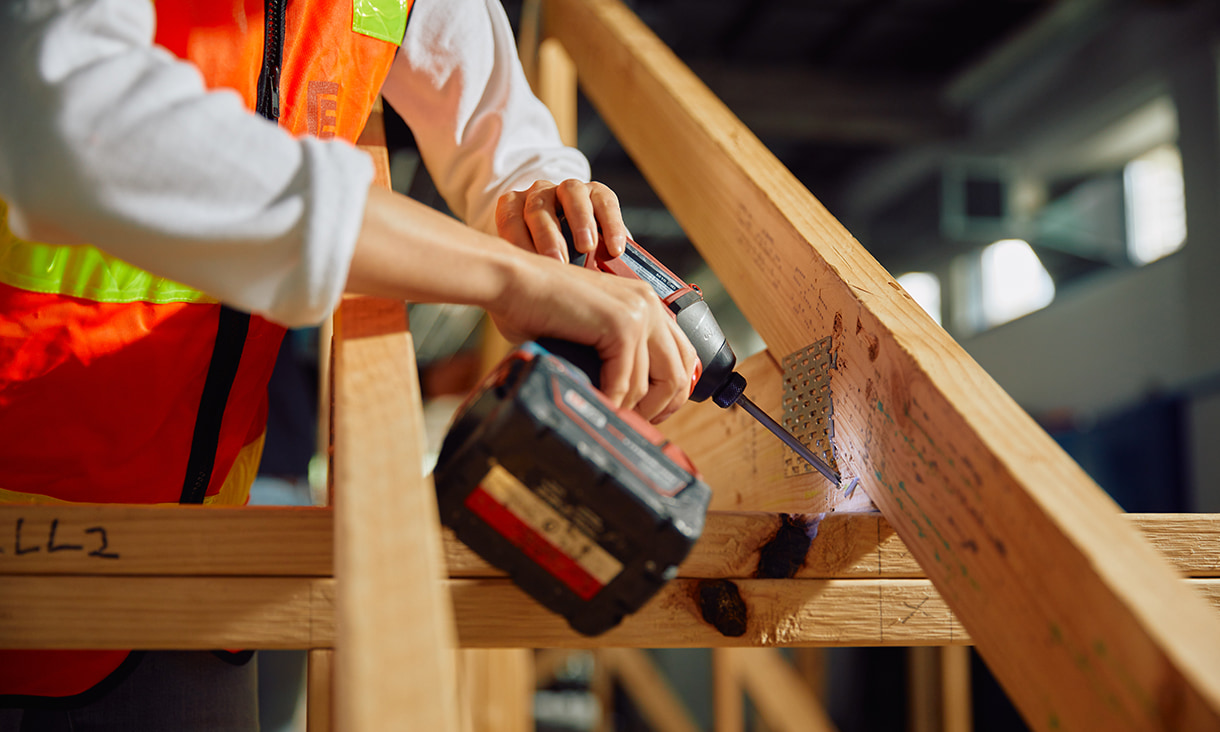A Certificate II, also known as a pre-apprenticeship, helps you develop a broad range of skills and knowledge to improve your employability in building and trades.
Pre-apprenticeships are designed to help you gain practical experience and confidence, which will give you an edge when you start your apprenticeship. If you choose to progress into a Certificate III, that’s where you’ll get qualified.
RMIT offers a Certificate II in Electrotechnology or a Certificate II in Plumbing to start learning the basics of your industry before you start an apprenticeship. If you’re interested in what it’s like to work as an electrician, plumber, or an air-conditioning and refrigeration mechanic, these full-time 16-week courses will lay the groundwork for you to keep learning.
Here are three reasons to start an RMIT Certificate II course.
 “The teachers really put their time into making sure each student got all the help they need. RMIT gives you the best chance of being the best apprentice you can be.”
“The teachers really put their time into making sure each student got all the help they need. RMIT gives you the best chance of being the best apprentice you can be.”
#1: You’ll develop technical and practical skills to make you highly employable
In a Certificate II course, you’ll get an introduction to the skills and experience you need to start working. It’s a practical course that teachers you the basics.
Certificate IIs are a balance between theory and practical work, so you learn the course content and then put it into practice. You learn relevant and current material from teachers who teach from experience.
The Certificate II in Electrotechnology gives you an introduction to two industries: electrical and refrigeration or air-conditioning. The field of electrotechnology boasts strong job prospects, with the Australian Government’s Job Outlook showing strong future growth for electricians and an average weekly pay of $1,823.1
If you’re looking to be highly employable, RMIT also offers the Certificate II in Plumbing. Seek projects 6.3% job growth for plumbers in the next five years and reports an average rating of job satisfaction as 4.2 out of 5.2
At RMIT, a high percentage of students in the Certificate II in Plumbing find an apprenticeship within six months. Some students even find apprenticeships while they’re still studying, through the RMIT Skills and Jobs Centre.
#2: You’ll get the lifelong skills you need to work on site
A Certificate II will help you develop industry-specific skills, as well as basic knowledge about building and trades. At RMIT, you’ll be learning in workshop classes as well as theory classes, with an emphasis on hands-on skills.
The teachers and practitioners in RMIT’s building and trades courses work closely with industry partners to make sure the courses respond to the needs of the workforce and address current and future skills shortages. Teachers also have their own industry backgrounds or are currently working, meaning they’ll teach you with real-life examples and situations.
For RMIT plumbing employer Bernard, the support from teachers is what ensures success after completing the course.
“I found that the teachers were very committed,” Bernard says.
“Most of them had run their own small businesses so they were able to put the things we were learning into real-world situations and give them context.
“The teachers really put their time into making sure each student got all the help they need. RMIT gives you the best chance of being the best apprentice you can be.”

Choose RMIT for your plumbing and electrical apprentices
Meet Bernard, plumbing and electrical employer, and find out why he chooses RMIT for his apprentices. For over ten years Bernard's chosen to put his apprentices through RMIT. He says it’s the confidence he has in the teaching staff to support the students to become the best plumber or electrician they can be.
#3: You’ll learn in specialist facilities that mimic real industry set ups
A Certificate II is a great way to start learning how to safely operate tools and equipment in a supervised classroom. At RMIT, our facilities include the technology and equipment you’ll be using in your future jobs. Learning in facilities that mimic real-life setups, you’ll get the experience and confidence to join a worksite.
Some of the plumbing facilities at RMIT include a large sandpit, welding facilities and a roofing workshop. The sandpit simulates a construction site before any building has taken place. Plumbing students use it to learn several different skills, like how to connect water mains to buildings, below-ground drainage work and trench shoring.
In the welding facilities, students do sheet metal work, practice making toolboxes and learn drainage practises.
Some of the electrotechnology facilities include the air-conditioning lab, electrical control lab and welding bay to learn A/C installation. The air-conditioning lab is equipped with mobile A/C units where students can do electrical work and learn how things work. They work out how to install units, do pipe work and flaring, welding, how to fill units with gas, test them for leaks and faults, run the proper pipes into them and more.


Learn how you can be built for what’s next at RMIT
RMIT’s Certificate IIs are taught in specialist facilities at our Melbourne City or Bundoora campuses.
In the Certificate II in Electrotechnology you’ll get an introduction to electrical and refrigeration (or air-conditioning). It can lead you to an apprenticeship as an electrician or an air-conditioning and refrigeration mechanic.
The Certificate II in Plumbing is designed to provide you with the basic skills and training in the plumbing field. The qualification is nationally recognised and will prepare you for a plumbing apprenticeship.
Story: Hilary Jones
1Australian Government’s Job Outlook website occupations page for electricians. Accessed on 3 December 2021. https://joboutlook.gov.au/occupations/electricians?occupationCode=3411
2Seek website career advice page for How to become a plumber. Accessed on 3 December 2021. https://www.seek.com.au/career-advice/role/plumber


